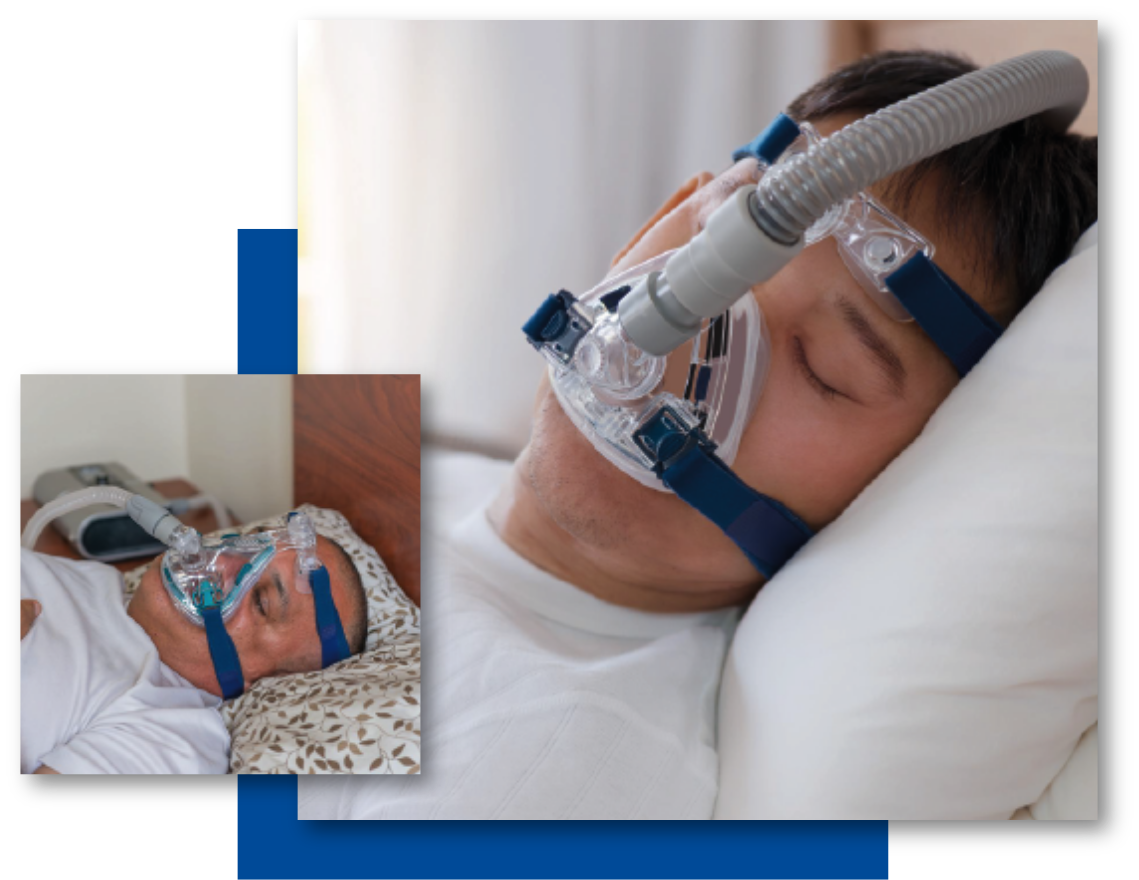Electrotherm Ventilator Limited

- 382445 , Gujarat, India
Respiratory disorders and other health conditions may make it difficult for patients to breathe normally. These patients may benefit from the non-invasive bilevel positive airway pressure (BiPAP) machine. A BiPAP machine utilizes the principles of non-invasive ventilation (NIV) therapy to facilitate breathing.
Electra Portable Ventilator is a BiPAP machine which uses pressure to push air into lungs. Depending on the settings, this opens the lungs, improving the concentration of oxygen in the blood and decreasing carbon dioxide.

Inspiratory positive airway pressure (IPAP) When you breathe in, the BiPAP machine delivers more air pressure.
Expiratory positive airway pressure (EPAP) is when you breathe out, the BiPAP machine reduces the air pressure.
Chronic obstructive pulmonary disorder (COPD)
Neurological disease that disturbs breathing
Obesity hypoventilation syndrome
Poor breathing after an operation
Obstructive sleep apnea
Asthma flare-up
Pneumonia
A continuous positive airway pressure (CPAP) machine is the most commonly prescribed device for treating sleep apnea disorders. Obstructive sleep apnea (OSA) causes interruptions or pauses in your breathing, often because your throat or airways briefly collapse or something temporarily blocks them.
A CPAP machine sends a steady flow of oxygen into your nose and mouth as you sleep. This keeps your airways open and helps you breathe normally.
Improves your ability to sleep without waking up
Lowers your risk of having a heart attack, stroke, or other cardiovascular event
Helps lower your blood pressure
Reduces daytime sleepiness
May reduce blood glucose and cholesterol levels
High-flow oxygen therapy is used on a patient by using a bi-nasal high-flow nasal cannula (HFNC), and a heated inspiratory breathing circuit. Using this mode, the machine applies heated and humidified blended air and oxygen at high flow rates providing higher constant inspiratory oxygen concentrations than conventional oxygen therapy. It also works in decreasing the anatomical dead space and generates a positive airway pressure that can reduce the work of breathing and enhance patient comfortand tolerance.
Pre and peri-oxygenation during intubation
Acute hypoxaemic respiratory failure
Post-extubation following surgery
Post-extubation in the ICU
The A/C mode is characterized by offering controlled and/or assisted cycles, depending on the settings programmed for the minimum respiratory rate (RR) delivered to the patient. AC volume-controlled mode controls the tidal volume of each breath and provides most of the work of breathing. In patients who are critically ill, where control of ventilation and minimizing respiratory muscle oxygen consumption are paramount, AC may be the preferred mode.
The first breath in this cycle is one initiated by the ventilator. The second breath is the patient triggered breath. There is a slight dip at the beginning of the breath, which is the patient creating a negative pressure. The ventilator senses this and delivers another breath. The user can set what the trigger is, in litres per minute of flow for example, to make it easier or harder for the patient to trigger the breath. The ventilator will then deliver that breath to the set volume or pressure depending on the parameters set by the user i.e. is it pressure controlled or volume controlled ventilation.
Electra Portable Ventilator gives doctors and medical practitioners the convenience of accessing the data in a ventilator machine via a mobile Healthcare app. This app comes in handy especially during situations while the patient is in transportation and on a ventilator, enabling doctors to monitor and control vital parameters on the ventilator machine.
Parameter value can be viewed from Electra Tab and set accordingly
Provides graphic representation of Tidal Volume & Proximal Pressure
Monitors alarm indications along with trigger count
Data portability via multiple convenient sources
Detailed reports along with timestamp
Stores patient profile with Data log
Export data in PDF format


Download the brochure and explore more about the modes, features, technical configuration of Electra Portable Ventilator machine.